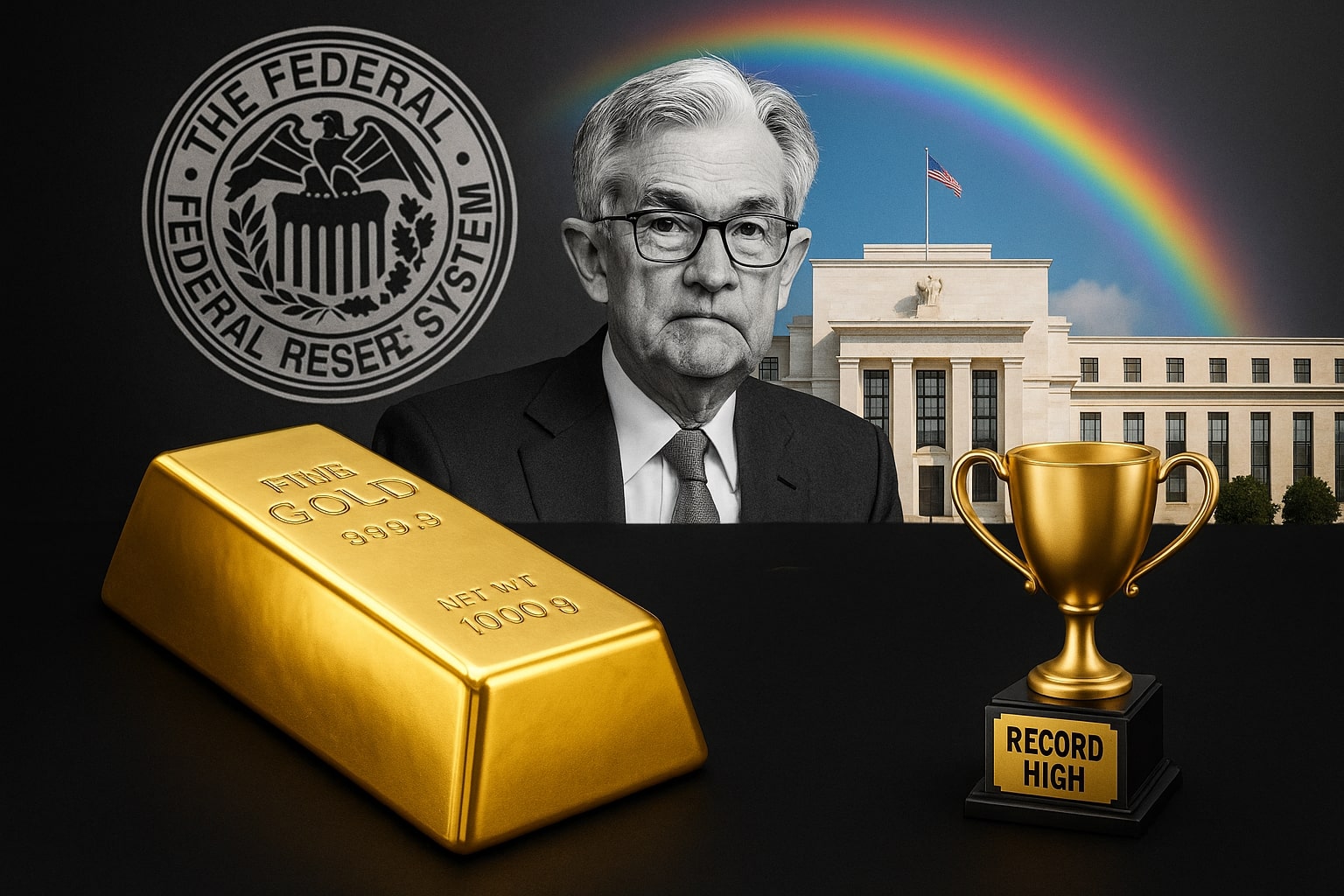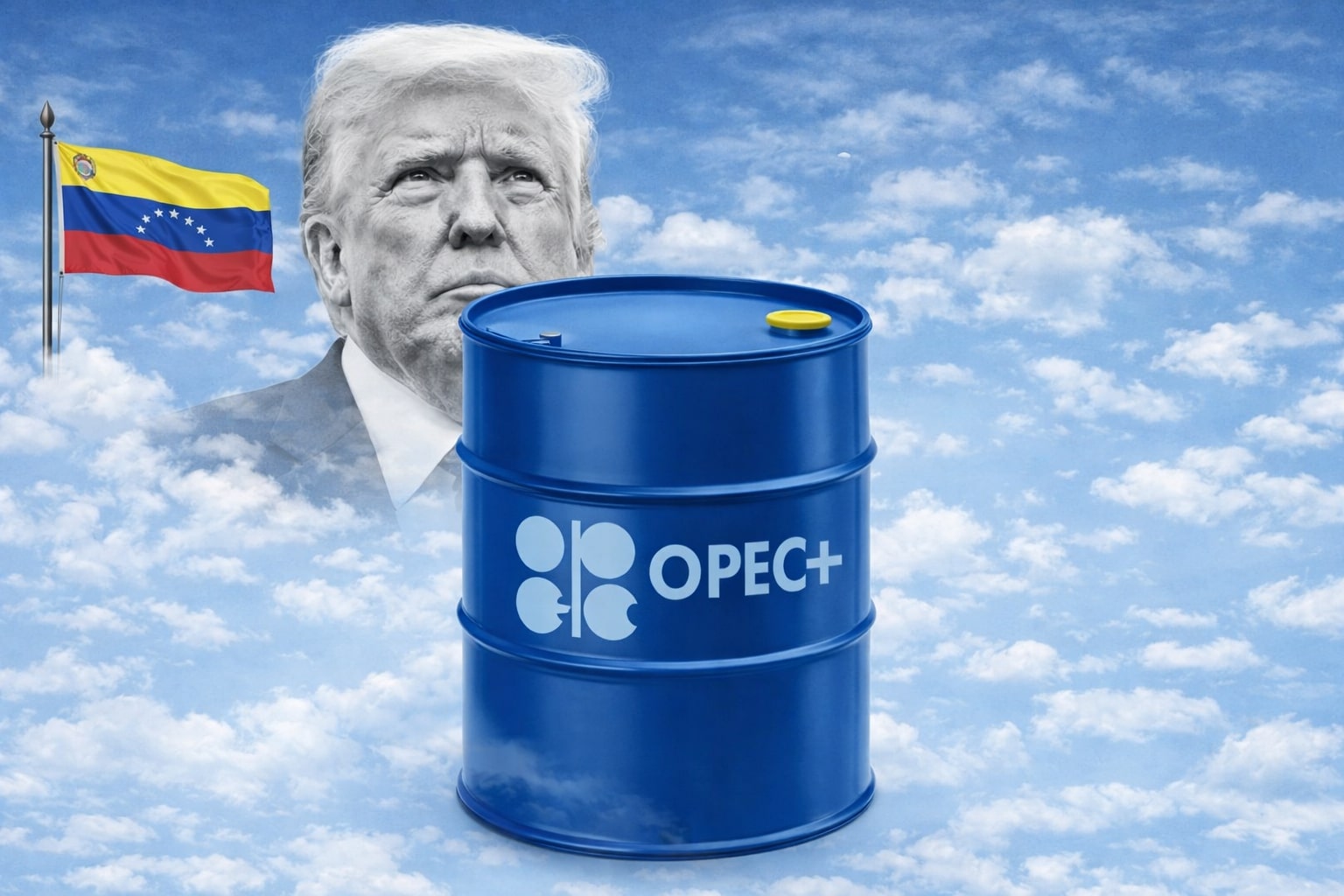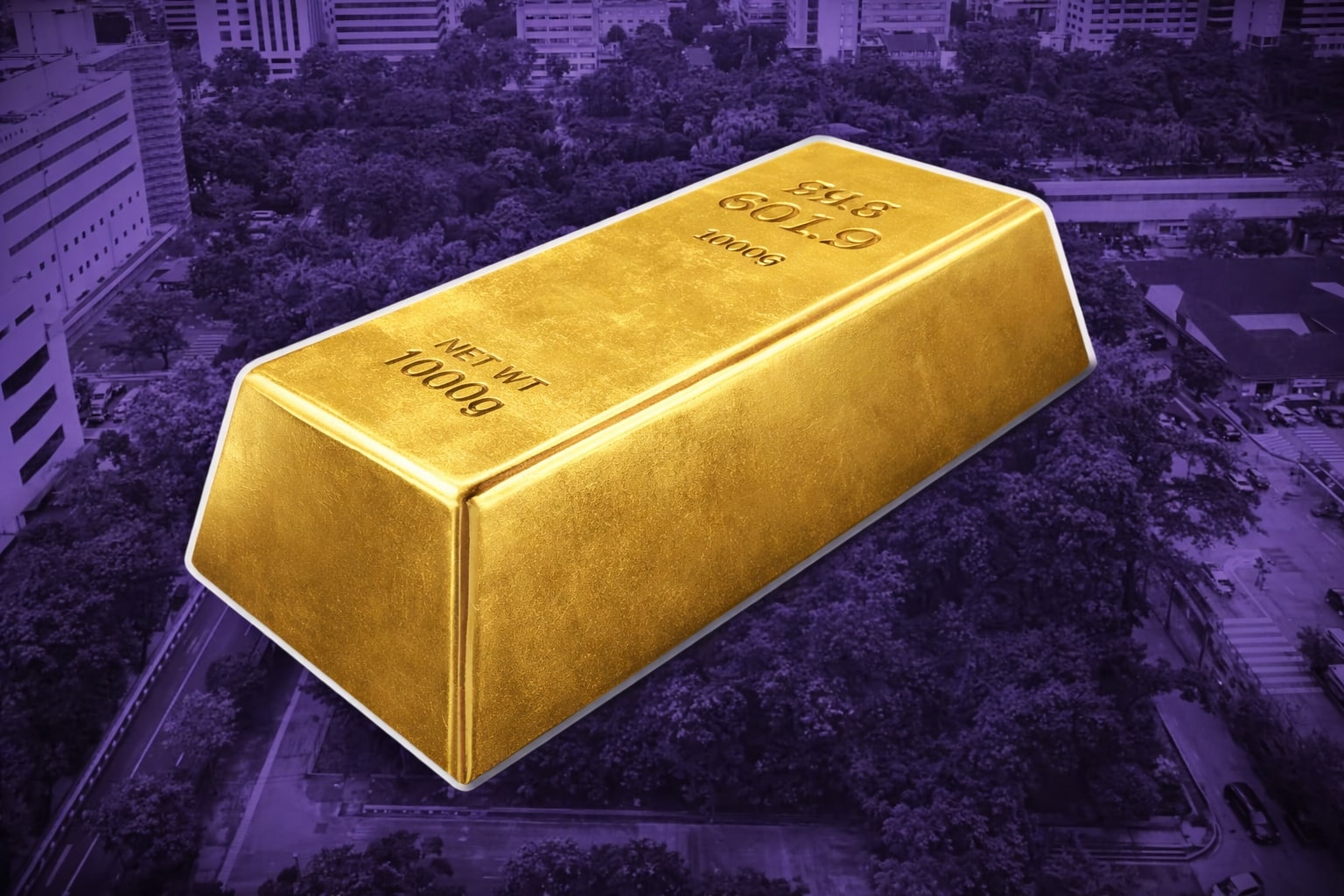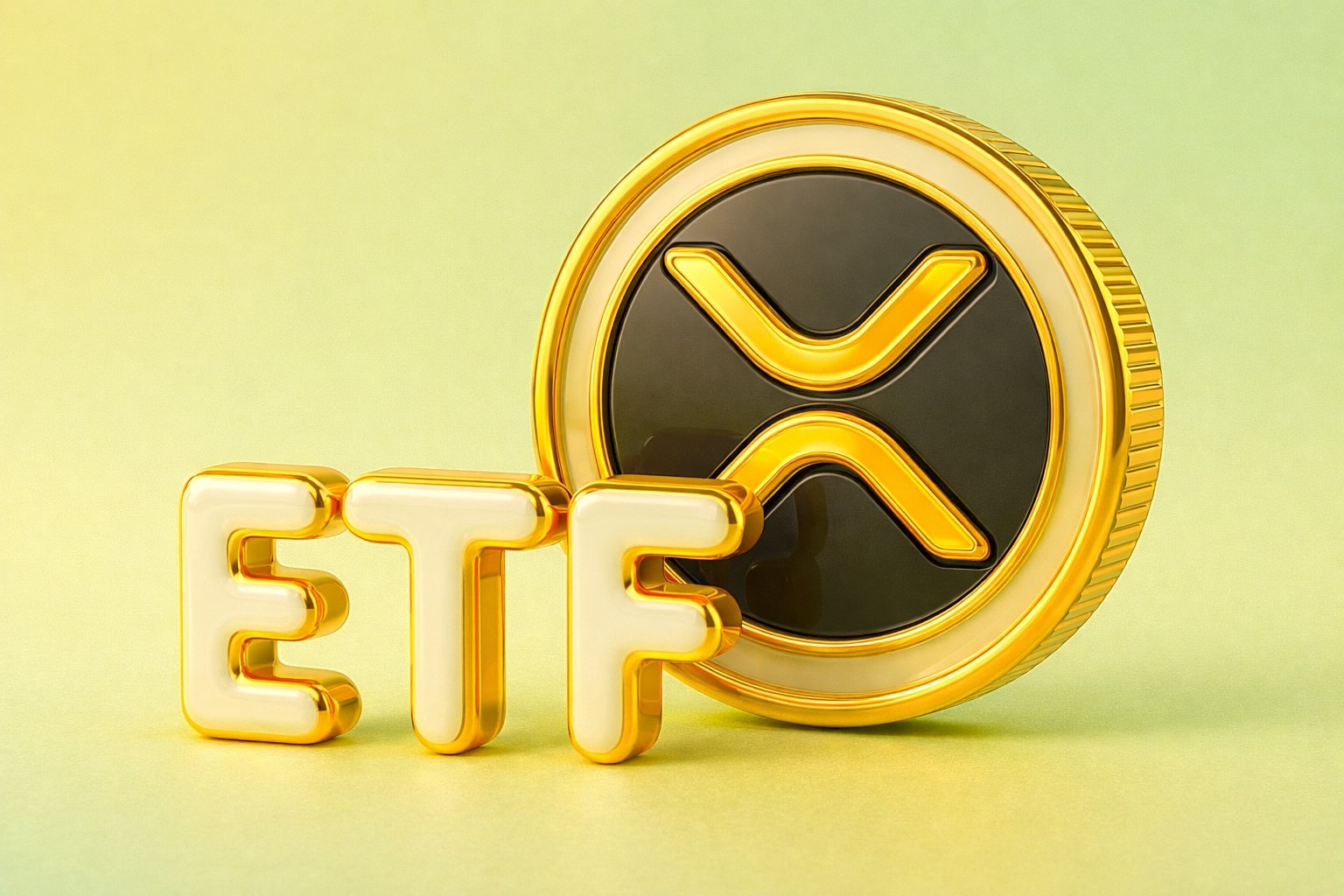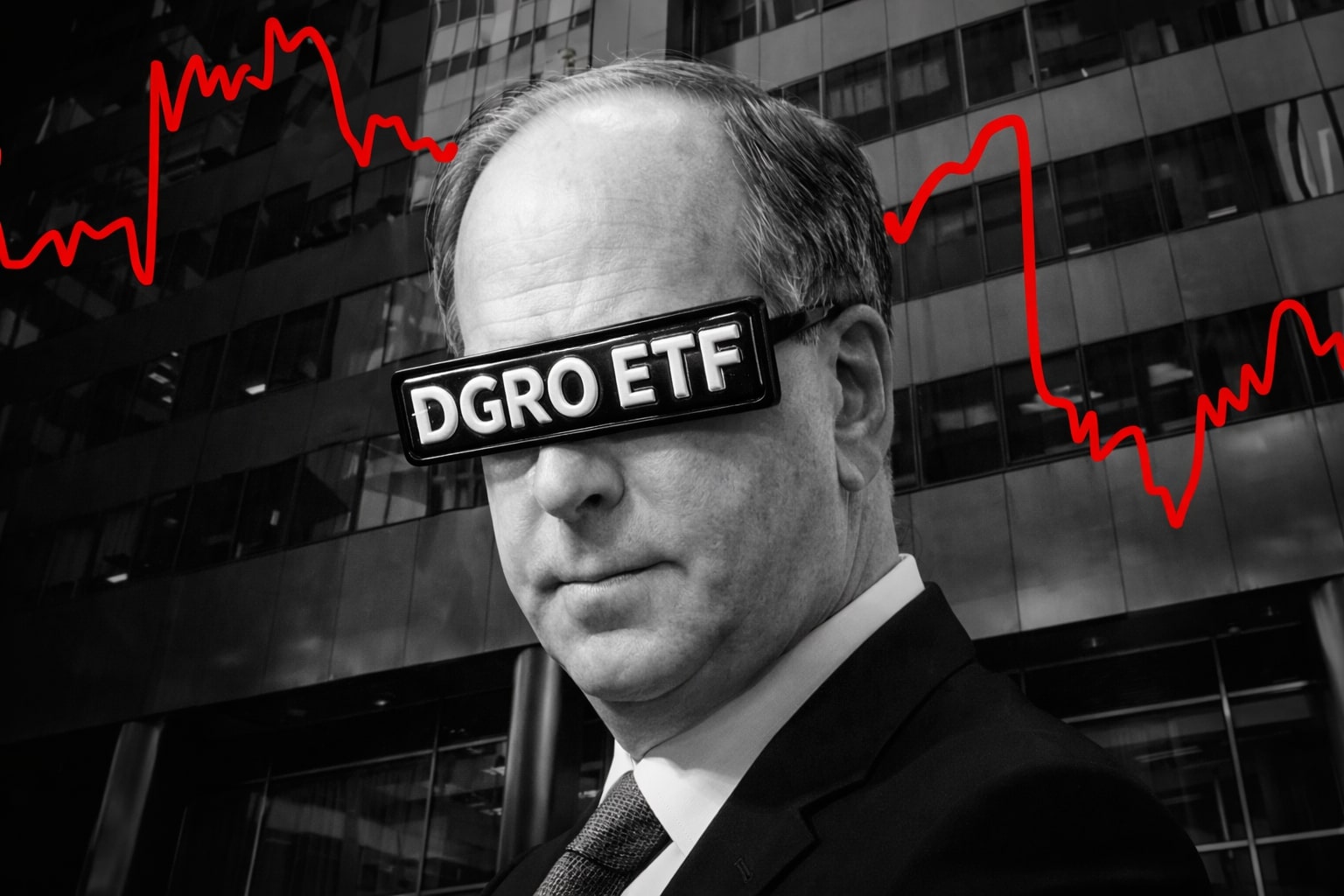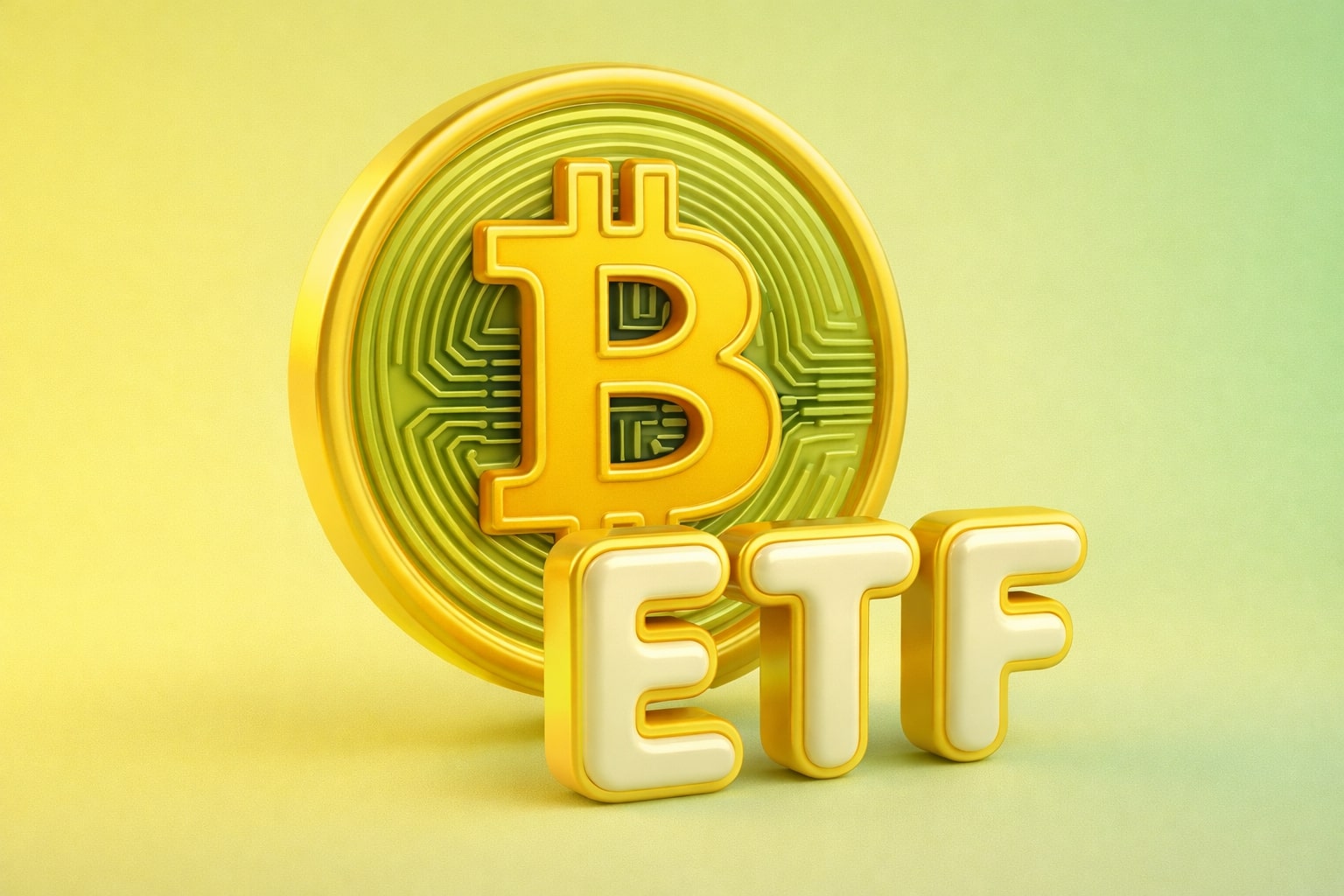Gold Price (XAU/USD) Surges Beyond $3,700 on Fed Expectations
Gold (XAU/USD) has broken decisively above the $3,700 level, cementing its role as the leading safe-haven asset of 2025. Spot prices touched $3,702.84 before moderating to $3,685, while U.S. futures for December delivery spiked to $3,739.90. This new high comes as traders price in the first Federal Reserve rate cut since December 2024, with markets assigning near certainty to a 25-basis-point reduction at the September meeting and some speculation of a 50-point move. The move underscores how aggressively capital is flowing into bullion as the Fed prepares to shift from restraint to easing.
Dollar Weakness and Fed Policy Fuel the Breakout
The rally is directly tied to the sharp weakening of the U.S. dollar, which has fallen to its lowest levels since July. With the federal funds rate still at 4.33% and inflation easing without collapsing, traders expect at least 75 basis points of cuts by year-end and a further 125 bps across 2026. Commerzbank has updated its outlook, forecasting gold at $3,600 by year-end 2025 and $3,800 by the close of 2026—$200 higher than its previous estimates. Every major easing cycle over the past two decades has triggered a sustained gold rally, and the present conditions mirror those historical patterns closely.
Central Bank Buying Anchors the Upside
Persistent central bank accumulation has added a structural foundation to the current rally. China’s People’s Bank added another 1.9 tonnes in August, its tenth consecutive monthly purchase, lifting total holdings to 2,302 tonnes. Gold now accounts for 7% of China’s total reserves, with year-to-date additions of 22.7 tonnes. Imports also jumped, with July shipments surging to 89 tonnes compared with 39 tonnes in June, reflecting strong demand ahead of seasonal holidays and renewed investor appetite. While Chinese gold ETFs lost RMB 6 billion ($834 million) in August due to booming equity markets, physical imports and official purchases kept the domestic market supportive.
Geopolitical Risk and Political Uncertainty Reinforce Demand
Beyond monetary policy, political developments in Washington are adding to the safe-haven bid. The confirmation of Trump economic adviser Stephen Miran to the Fed Board raised speculation that central bank independence may be tested. At the same time, a U.S. appeals court blocked Trump’s attempt to remove Fed Governor Lisa Cook, fueling headlines about institutional tension. Globally, unresolved conflicts and trade risks are boosting demand for stable assets. This risk premium is visible in the divergence between gold and equities: bullion has gained 41% year-to-date, outpacing the S&P 500 by a wide margin.














